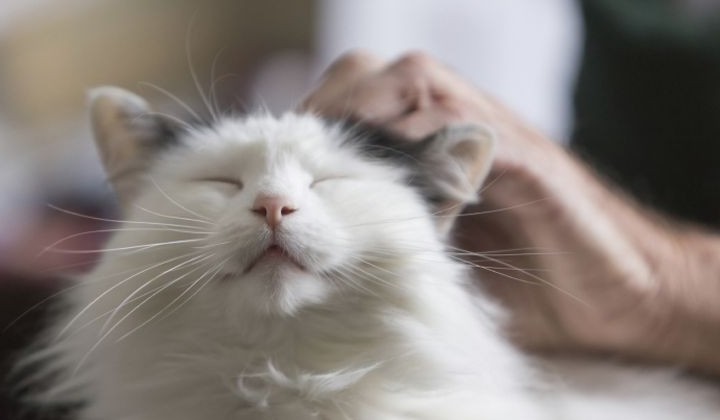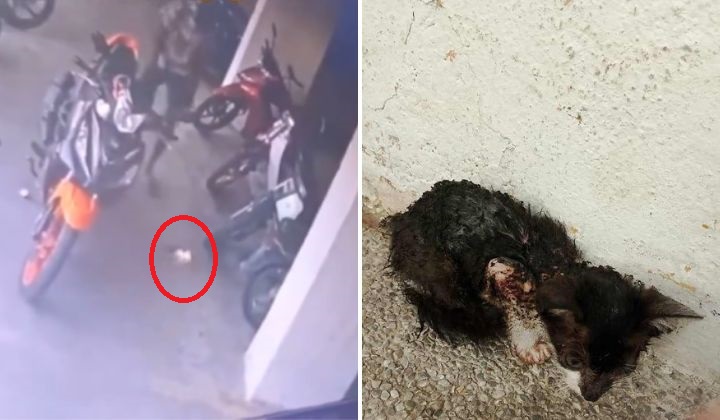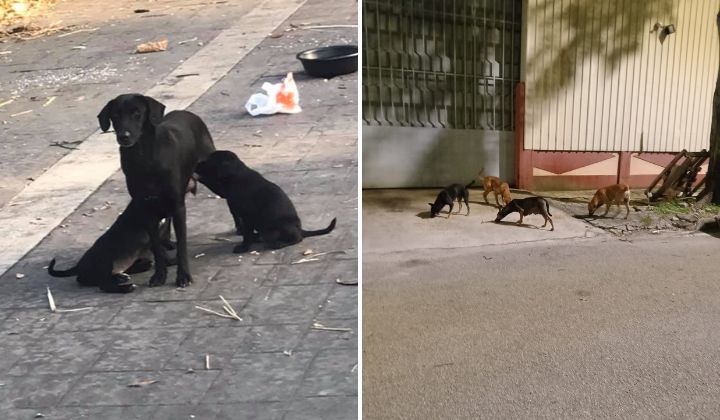What Exactly Is Feline Parvovirus?
Unfortunately, not many people are aware of this illness. We must educate ourselves as cat parents before bringing home our new pet.

Subscribe to our Telegram channel for the latest stories and updates.
There have been many unexpected deaths of kittens or adult cats, especially among stray cats.
A few months ago, 20 dead cats were discovered on a beach in Kuala Terengganu. The veterinary services department later confirmed that cause of death was Feline Parvovirus.
READ MORE : 20 Dead Cats Found On Beach, Foul Play Suspected
Unfortunately, not many people are aware of this illness. Before bringing home our furry friend, we must educate ourselves as cat parents.
It breaks the heart of any owner to watch their lively and energetic feline act differently, withdraw, and reject food.
If you have never heard of cat parvo before, this article is for you.

First Of All, What Is Feline Parvovirus?
According to International Cat Care, feline parvovirus is a virus that can cause serious illness in cats, especially kittens. It can be deadly. The condition is also known as feline infectious enteritis (FIE) and feline panleukopenia.
The feline parvovirus causes diarrhoea, vomiting, and trouble eating and drinking by attacking the cells in your cat’s intestines. Additionally, it targets the bone marrow, resulting in a deficiency in platelets, white blood cells, and red blood cells.
Feline parvovirus infection is one of the most serious health threats to any rescue organization, with a high fatality rate, especially in unvaccinated kittens.
Symptoms For Parvo
- Inability to eat or drink
- Diarrhea, either watery or bloody
- Vomiting or frothing at the mouth
- Depression and lethargy
- Early fever, followed by a drop in body temperature
- Watery discharge from the nose
FETCH stated that after becoming infected, cats typically only pass the parvovirus in their faeces for two days or so. However, some cats continue to excrete this virus for as long as six weeks while still seeming healthy. The environment and other cats who share their home with these carrier cats may become ill.
Your ill cat may linger for a long period in front of their food or water bowl in the early stages of the sickness, unable to eat much.
What Causes Parvo in Cats?
Cats with this disease spread the virus through their poop, urine, and mucus from their noses. The virus can spread to places like cages, bedding, dishes, and people’s hands and clothes. Your cat can get sick from fleas from other cats that are already sick. The virus can live in the environment for months, so your cat can get this disease even if it has never been around a sick cat.
The feline parvovirus can also spread from cat to cat. This is more likely to happen in homes with more than one cat, in animal shelters, pet shops, and other places where more than one cat lives.
Is It Treatable?
Unfortunately, there is no treatment for it.
But it’s not all disappointing news; there are vaccinations available that are quite effective against parvo, and, if the truth be known, the disease is virtually unheard of in cats who have been vaccinated.

Prevention Is Better Than Cure!
According to Oyen since there is currently no treatment available for the condition, prevention is essential. When kittens are between six and eight weeks old, they should get their first vaccination. After that, they should get a booster shot every three to four weeks until they are between four and five months old.
Don’t stress out too much about the particulars, as your veterinarian will provide you with a correct plan to follow.
Say you want to adopt an adult cat that hasn’t been vaccinated. In that case, your cat only needs two shots about a month apart. For your convenience, these shots are often given together with other vaccines for feline herpesvirus and calicivirus.
Other than vaccinating, spaying/neutering is important for cats too
Spaying or neutering your pets is just as crucial as vaccinations.
To begin with, spaying is just for female cats. Meanwhile, neutering is only for male cats.
Benefits Of Spaying A Female Cat
- Aids dogs and cats in living longer, healthier lives.
- No heat cycles, male cats will not be attracted.
- Less desire to explore
- The risk of mammary gland tumours, ovarian and/or uterine cancer is lowered or eliminated, particularly when performed before to the first heat cycle.
- Reduces the quantity of unwanted cats, kittens, dogs, and puppies
Benefits Of Spaying A Male Cat
- The risk of testicular cancer is decreased, and the incidence of prostate illness is reduced.
- Less drive to wander, hence less likely to get hurt in fights or car accidents.
- Reduces or eliminates the possibility of spraying and marking
Vaccinations have helped lower the number of cases of cat parvo in Malaysia, but new cat owners still need to be careful and know about this dangerous and highly contagious illness.
Share your thoughts with us via TRP’s Facebook, Twitter, and Instagram.





